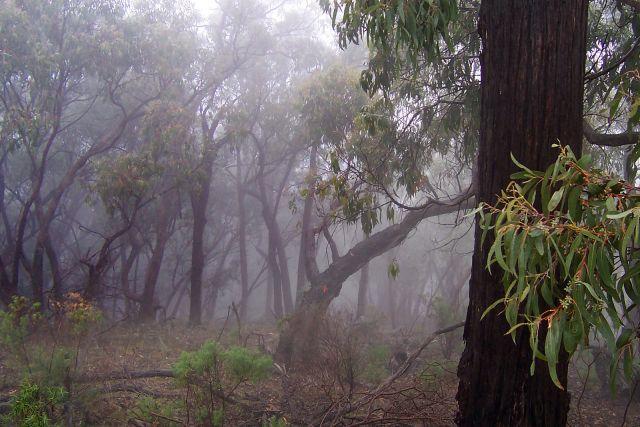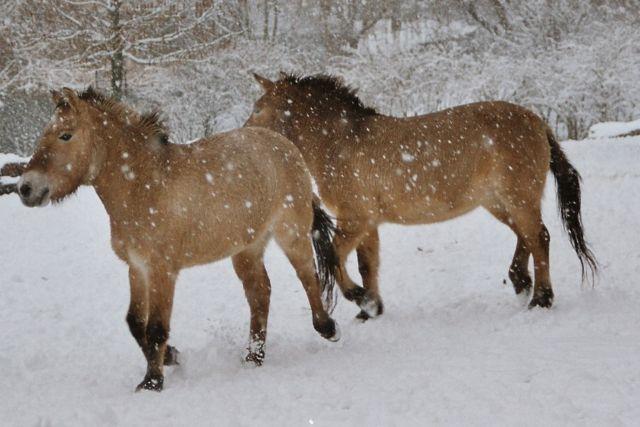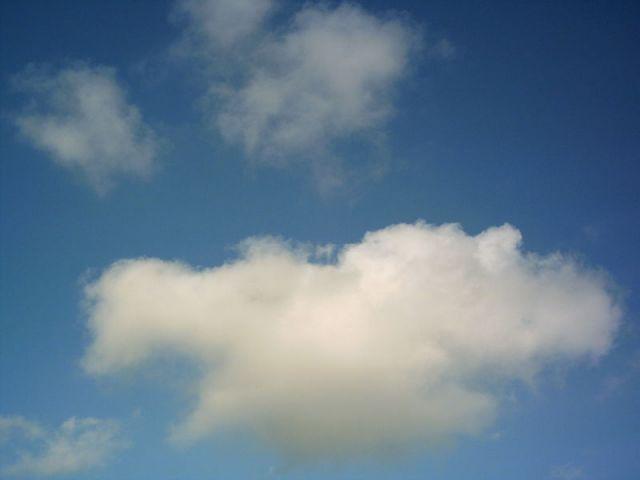Model
There
is always water vapor in the air, but the individual water molecules
are so tiny that you can't see them. Water in the air is invisible
unless it forms tiny water droplets (fog) or bigger ones (rain) or
freezes (snow crystals). Here's one way to picture it.
Look at the three boxes below from about arm's length away. What do you see in each box?

Now look at the three boxes up close. What do you see in each box?
Each
box has 20 dots in it. When they are in large groups (Box A) it is like
rain droplets, and you can see them. When they are in small groups (Box
B) it is like clouds or fog. When they are spread out (Box C), it is
like water vapor. The individual molecules are invisible because they
are so small.
Imagine that you can zoom in on water molecules
above the surface of the ocean. Use the dots at the top of this picture
to zoom in on the water. When you zoom all the way in, you can see
water molecules.
Here is a model of water in the air. The white circles represent water molecules. The blue circles represent air molecules.
A water molecule all by itself is water vapor. It is too small to see.
A
bunch of water molecules close together is a water droplet. If the
droplets are big enough (many billions of molecules), they can be seen
as fog or mist.
When you have zoomed all the way in
click here to go to the next step.
(To go back to using the zoom tool,
click here)
Using the drawing tools, draw a red square around a molecule that is water vapor (gas) on the picture above.
Draw a blue square around liquid water in a water droplet.
Now you are going to run a model that shows water. To see the model, click here
Real world examples
Look at the following pictures.
For each of the following three pictures, answer the questions.

Where is the water?
What form is it in? (multiple-choice)
- cloud droplets
- frozen water
- invisible water vapor in the air
- liquid water on the ground

Where is the water?
What form is it in? (multiple-choice)
- cloud droplets
- frozen water
- invisible water vapor in the air
- liquid water on the ground

Where is the water?
What form is it in? (multiple-choice)
- cloud droplets
- frozen water
- invisible water vapor in the air
- liquid water on the ground